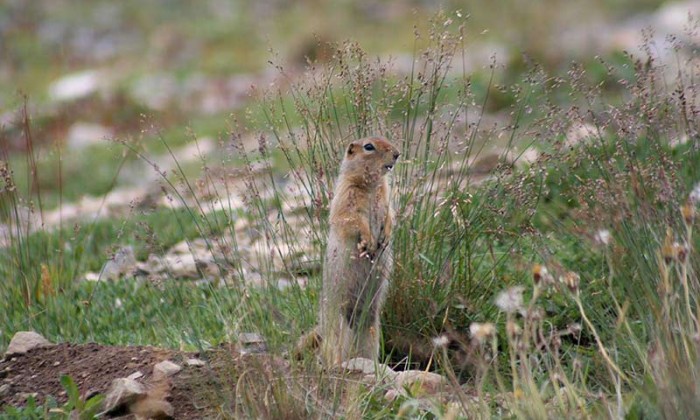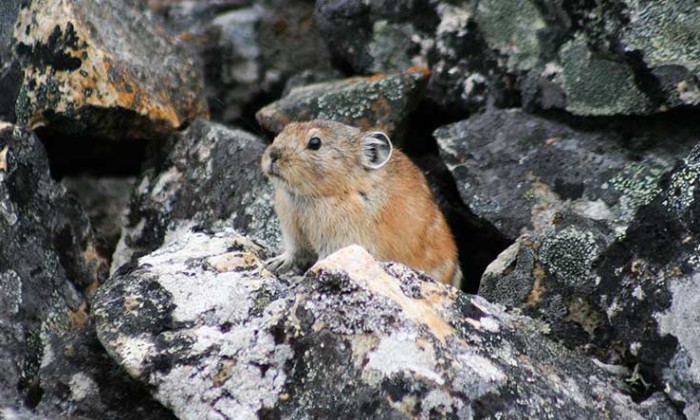
Expedition: Beringia 2005: Geological and ecological history
5 July 2005 - 25 September 2007 Arctic Ocean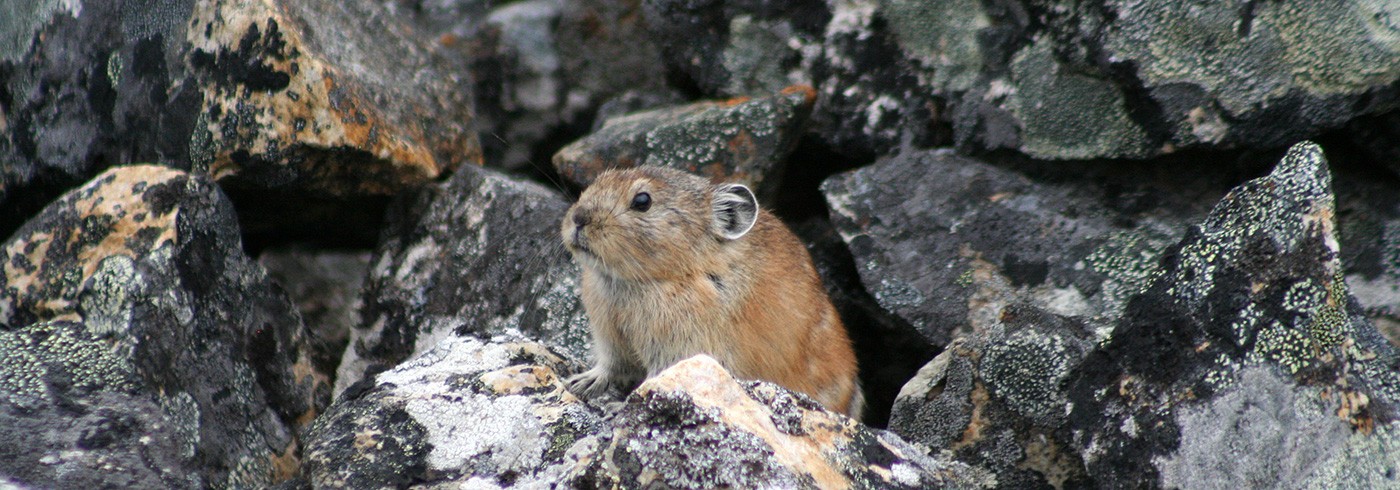

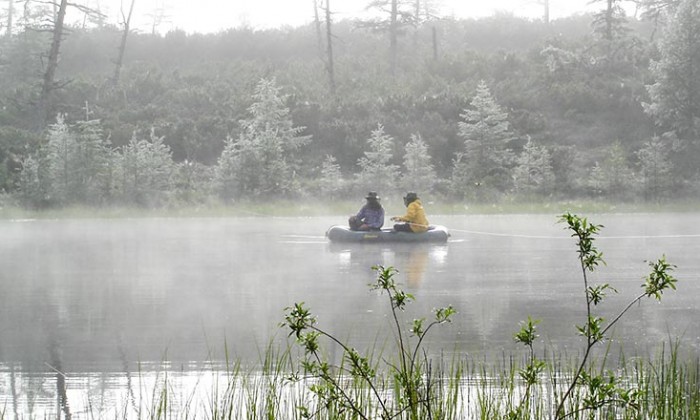
Late Quaternary environmental change of Kamchatka
During the expedition Beringa 2005 were we able to visit four field areas and obtained four long sequences of sediment from three of these: Utka, Esso, and Ossora. All the cores are rich in organic matter and well suited for the planned palaeoecological and geochemical analyses.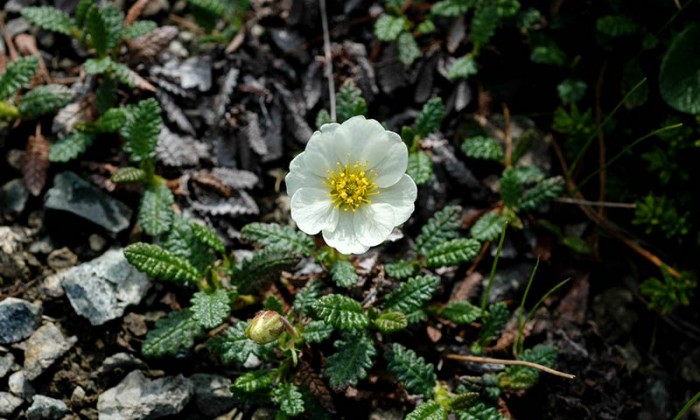
Migration and evolution of arctic plants in response to past climate change
Botanists on the Beringia 2005 expedition have sampled the Beringian flora in order to test Hultén’s proposals on the history and evolution of the arctic flora in the light of new phytogeographical and molecular evidence.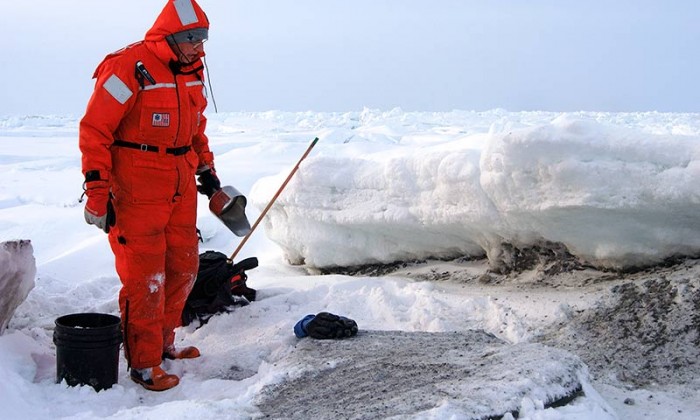
Healy-Oden Trans-Arctic Expedition 2005 (HOTRAX ’05): The geological programme
The third leg of the Beringia 2005 research expedition consisted of a joint crossing of the central Arctic Ocean involving Swedish icebreaker Oden and U.S. Coast Guard Cutter Healy.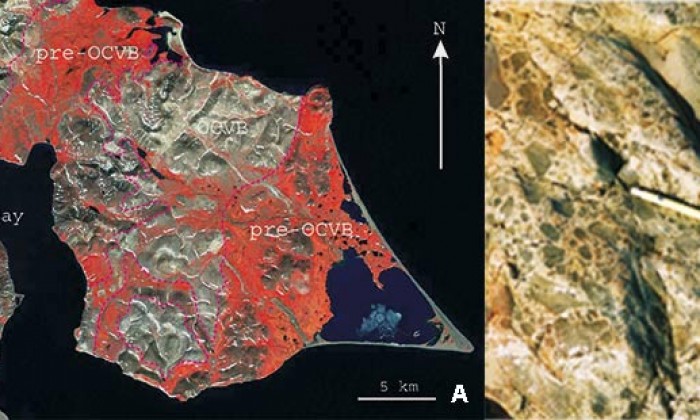
The Amerasian Basin Puzzle
During the expedition Beringia 2005 our investigations focussed on the Okhotsk-Chukotka volcano-plutonic belt (OCVB) of the Chukotka Peninsula in eastern Russia.